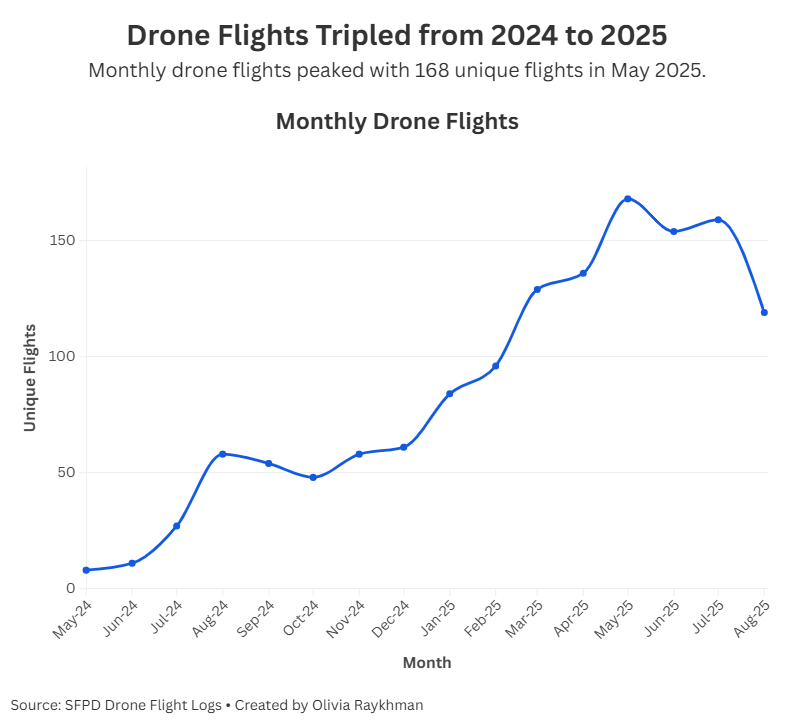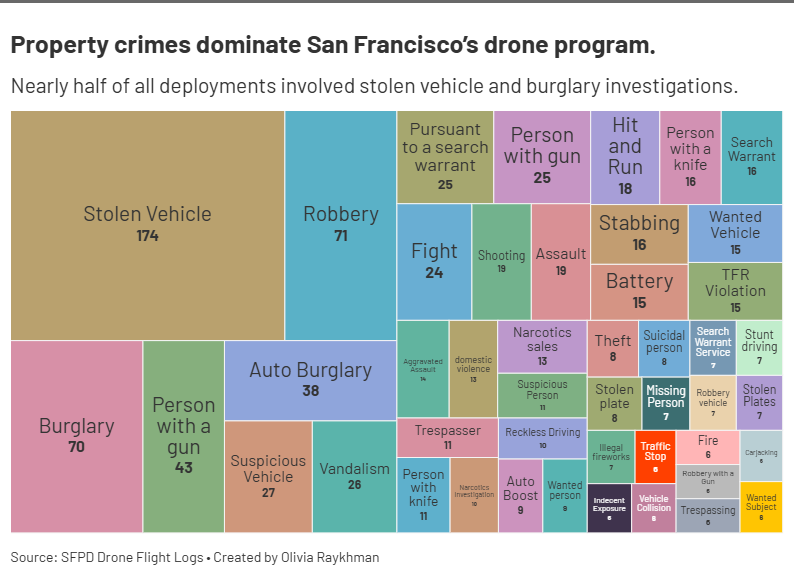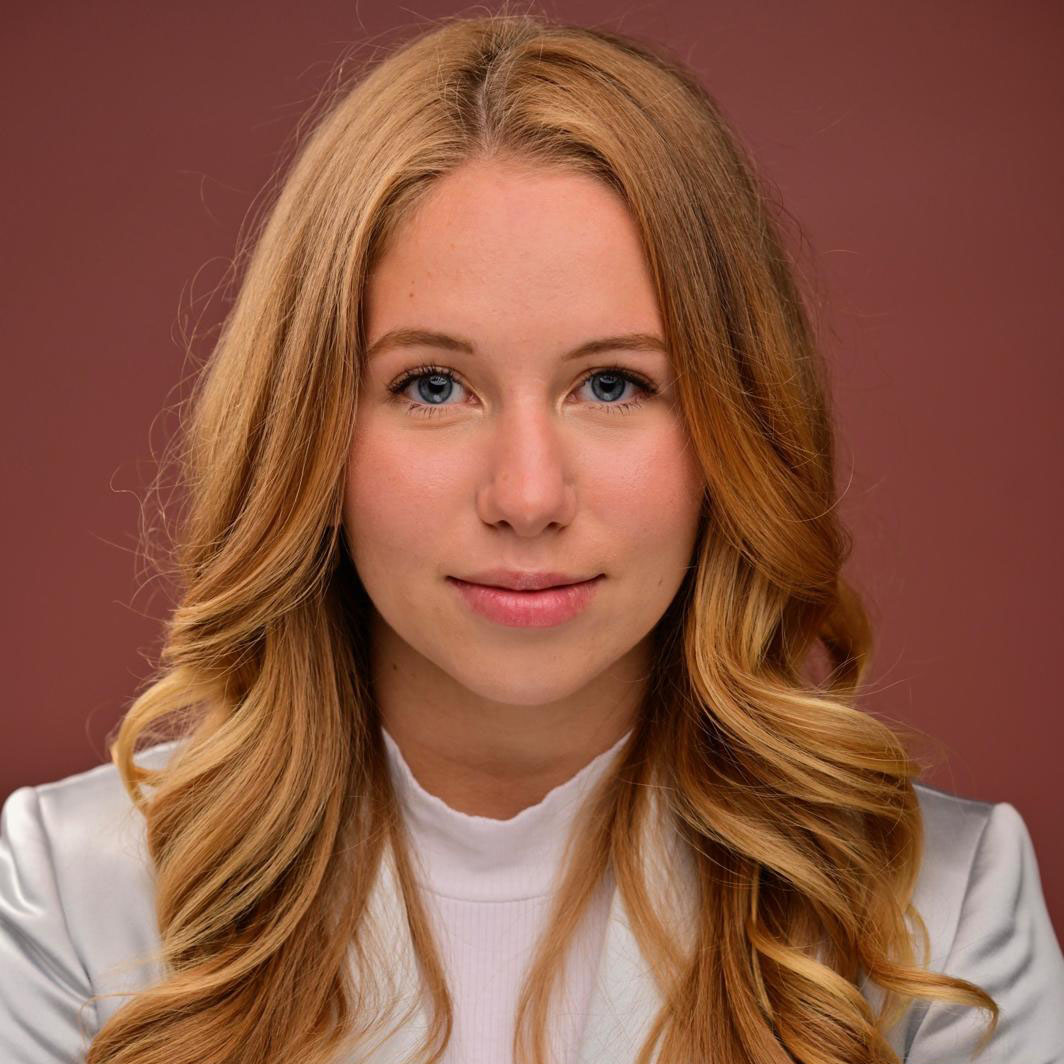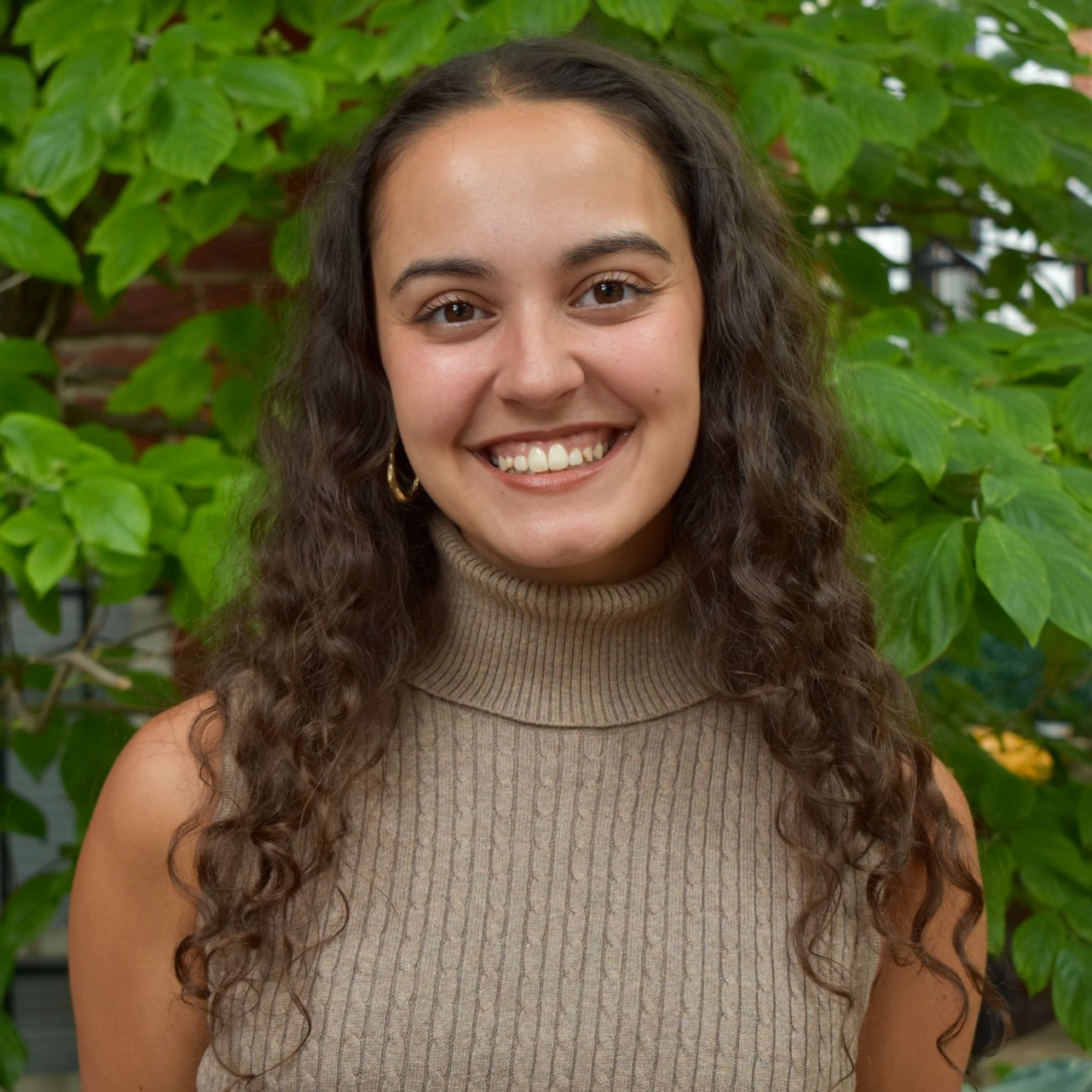San Francisco, Calif. — The San Francisco Police Department has expanded their drone fleet to become the largest in the Bay Area after voters approved Proposition E in May 2024. The measure loosened the city’s strict surveillance-technology rules and authorized aerial support for SFPD for the first time in 24 years. Over the past year, the fleet has increased from six to 63 drones with over 1,400 completed flights, and over 537 hours of flight time.

Private funding increased the fleet when billionaire Chris Larsen, founder of Ripple Labs, donated 9.4 million dollars in June 2025 for 12 new drones and office space for the SFPD’s Real Time Investigation Center (RTIC). Located at 315 Montgomery Street, RTIC serves as a command center for the Drones as First Responders Program and an alternate drone launch site when larger drones are required.
Police say drones keep officers out of harm’s way and help solve crimes faster. “We live in the technology capital of the world,” the department said in a statement. “We’re glad we can use technology to save lives.”

When we asked San Franciscans how they felt about police drones, most declined to go on camera, citing privacy concerns or a lack of information. Others, especially those who had experienced car theft or property damage, said the trade off between privacy and security was worth it. “Use any mechanism available to stop crime,” said Eric, a resident of the Western Addition. “Just like they use the red light cameras to stop people from speeding, I don’t really see where there would be a difference.”
The majority of flights have taken place in the city’s central and eastern neighborhoods—the Tenderloin, Mission, South of Market, Bayview and the Financial District—areas already known for heavy policing. Privacy advocates say some communities are bearing the brunt of aerial surveillance while others see few, if any, flyovers.
We spoke to Matthew Guariglia, a policy analyst at Electronic Frontier Foundation, to understand the drawbacks of increased police surveillance. He emphasized the risk of mission creep, that technology introduced for emergencies can easily overreach its initial purpose.
Guariglia noted that San Francisco’s embrace of “techno-solutionism” has allowed private funding to shape public safety policy. “If San Francisco actually had to put up its own public money in order to pay for all of this surveillance, [city officials] would be a lot more interested in figuring out if it was actually worth it, if it actually works, and what the downsides [of it] would be,” Matthew said.
Drones join Automated License Plate Readers and surveillance cameras as part of San Francisco’s surveillance network. While many of these technologies were introduced to reduce crime, Guariglia warns that ordinary residents can end up under near-constant observation. “You’re not just looking for suspects anymore,” he said. “You’re treating everyone as potentially guilty.”
Guariglia says private donations took away the opportunity for public debate about the trade offs of drone fleet expansion.The only option presented was Proposition E, a measure that narrowly passed as only one-fourth of San Francisco residents voted in favor.
As SFPD posts its monthly flight logs, residents can decide for themselves whether the department is using its new tools appropriately.


